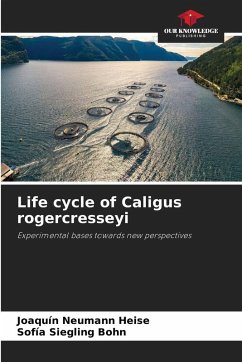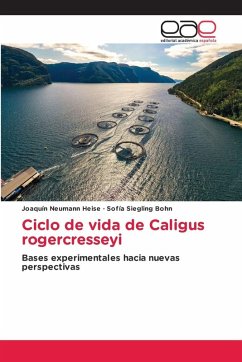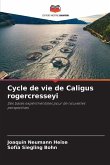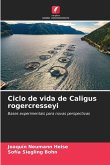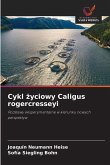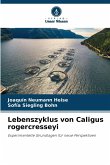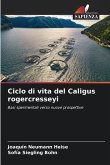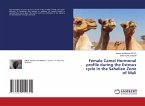Caligidosis, caused by the ectoparasite Caligus rogercresseyi, is one of the main sanitary challenges during the seawater fattening stage in Chilean salmon farming, mainly due to the high costs associated with its surveillance and control. Traditionally, the life cycle of C. rogercresseyi has been described in eight developmental stages, being the copepodites considered the only infective stage. This work presents three experimental studies that, taken together, evidence a greater swimming capacity in adult parasites than in copepodites, raising the hypothesis that adults could be actively involved in the infection process. Although further research in this line is required, these findings open new questions about the life cycle of this parasite and could have relevant implications in the epidemiological surveillance and sanitary control strategies of this disease.
Bitte wählen Sie Ihr Anliegen aus.
Rechnungen
Retourenschein anfordern
Bestellstatus
Storno

